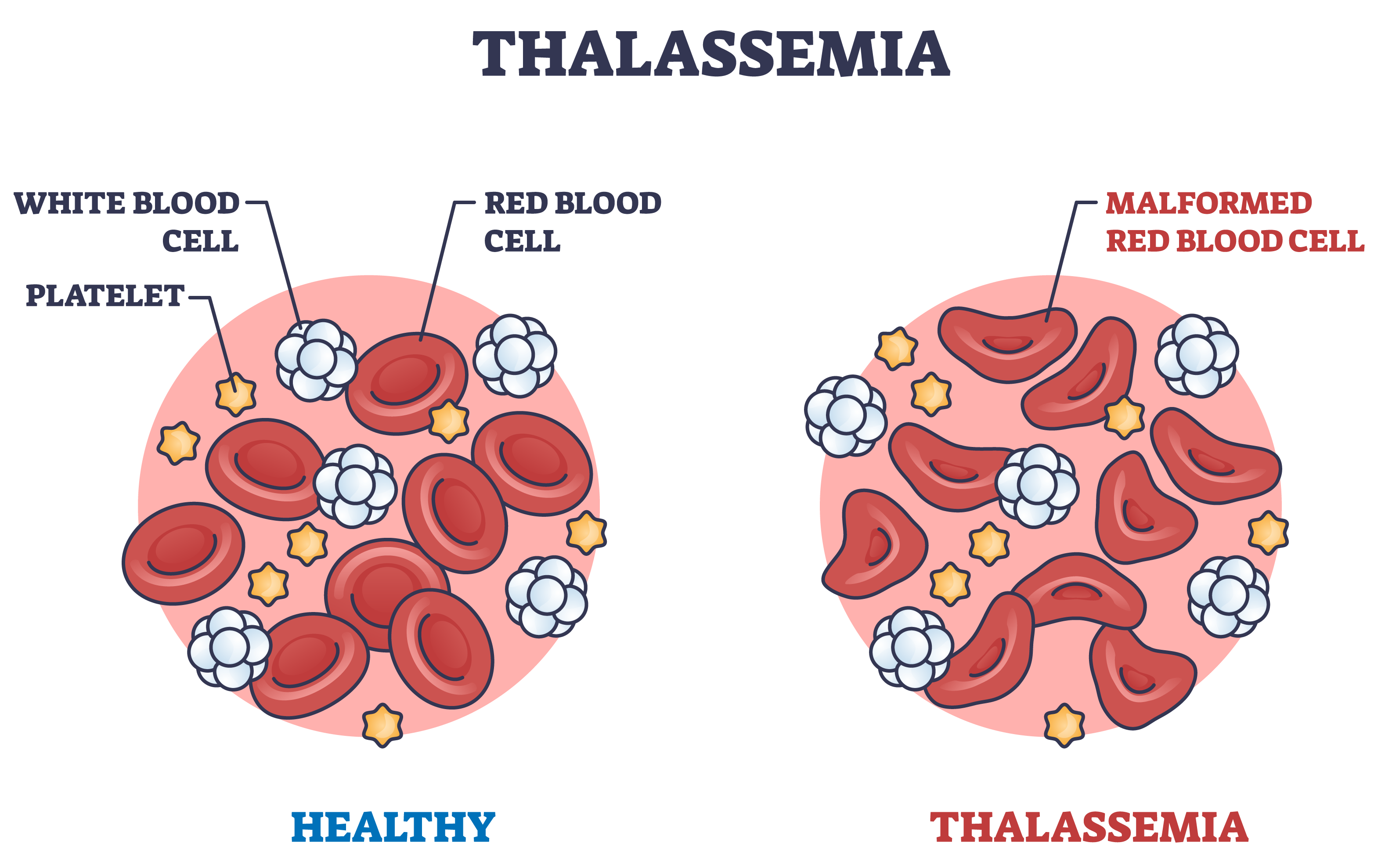
Therefore, I would like to share their development in terms of mathematical skills based on what experts and theories say from when they were born until they reached two years old.
Studying the fundamental concepts of mathematics may seem like a complex endeavour, but fascinatingly, we are not born with innate mathematical abilities. Nevertheless, from the moment they come into the world, babies exhibit a natural inclination to explore and understand their surroundings, displaying an inherent sense of numbers right from birth.
As infants embark on their journey of exploration, they interact with their environment, using these encounters as a foundation for understanding the world through mathematical concepts. Surprisingly, babies possess innate mathematical prowess, and their mathematical abilities bloom during their first year. Indeed, babies already exhibit a profound grasp of mathematical concepts from birth.
They begin to recognise quantities, which is evident when they cry for more milk or crave additional bonding time with their parents mere months into their young lives. Creating an enriching and conducive environment for early mathematical learning among infants becomes an exciting challenge for parents. The first year of a baby’s life marks a period of extraordinary brain development as their young minds absorb, process, and interpret information at an astonishing rate. For instance, at just three months old, babies demonstrate an awareness that a hidden toy under their clothes still exists despite being unable to see it.
By four months, they can distinguish between two similar objects placed side by side, recognising them as separate entities. At five months, they exhibit sensitivity to changes in the quantity of items presented to them. At six months, babies play music, skillfully pressing buttons on a toy to produce delightful sounds. Even distinguishing between a new and old bottle nipple becomes second nature to them.
Watch in awe as they assert their preferences, refusing milk from a new nipple because it feels and tastes different in their mouths. These early cues offer us insights into their perceptions and desires. Nurturing a captivating and stimulating learning environment during this critical phase fosters a strong foundation in mathematics and encourages holistic development. As parents, we play an integral role in their journey to becoming budding mathematicians, instilling a love for numbers and laying the groundwork for future academic success.
Between the tender ages of four and eight months, a world of fascinating discoveries awaits our little ones. One delightful way to ignite their curiosity is by introducing materials with diverse textures. Engage their senses by gently rubbing their tiny feet and arms with these textured materials, encouraging them to explore the sensations on their delicate skin. Simple yet ingenious, empty water bottles are the perfect vessels for delightful experimentation.
Fill them with an array of intriguing substances – cotton balls, paper clips, and more – and seal them tight. Watch in wonder as your little explorers delve into their new toys, experimenting with sounds and weights, their insatiable curiosity flourishing with each discovery. Games like Peek-a-boo take on new meaning when infused with mathematical communication. Playfully recite phrases such as “You have two eyes, two ears, one nose,” engaging your little ones in a delightful mathematical exploration. Babies develop a remarkable understanding of quantity and comparison as their world unfolds.
Even at this tender age, they can discern between a bowl filled to the brim with water and a half-filled bowl. Their sharp instincts also reveal that three toys have mysteriously appeared, where only two existed before, proving that their skills in analysis and comparison are already blooming.
Consistent and responsive interactions from parents are paramount for infants six months and older. Meeting their needs with unwavering attentiveness, whether feeding when hunger strikes or soothing their cries, fosters a deep trust between parent and child.
Time, a fascinating concept for young minds, gradually reveals its secrets through the rhythm of daily routines. By adhering to consistent patterns like night transitioning to day and day transitioning to night, babies begin to grasp the essence of time. Each family has its unique way of embracing time, from strictly structured schedules to more relaxed and intuitive approaches.
While children may not grasp the concept of time as adults do, they thrive in the comfort of repeated routines, finding solace in the familiar. Flexibility plays a crucial role in nurturing their development. While routines provide security, parents should avoid becoming slaves to rigid schedules. Embrace the ebb and flow of parenthood, adjusting schedules to meet the evolving needs of growing babies while preserving the comforting order they cherish. In this wondrous journey of early development, parents play a pivotal role as guides and guardians. By embracing the power of curiosity and creating a nurturing environment for exploration, we lay the foundation for a lifelong love of learning and mathematical discovery in our little ones.
Between the ages of one to two years, the world of mathematics begins to unfold in the minds of our young learners. Even at this tender age, toddlers can showcase their mathematical prowess through simple gestures like using their tiny fingers to represent ‘one’ and ‘two’, a skill honed through repetition and reinforcement.
As they navigate this enchanting journey, toddlers may utter several words, even if they haven’t grasped their full meaning. Their growing comprehension centres around the concept of “how many,” often exhibited when they use their fingers to reveal their age proudly. While formal mathematics education remains premature for children aged one to two years, their innate ability to perceive differences in quantity emerges, and this is aptly termed “number sense.”
Indeed, the basic foundations of mathematics, encompassing numbers and quantity, are ubiquitous in their surroundings. No special materials are required to nurture this curiosity. Instead, it calls for incorporating numbers into their daily experiences and everyday activities.
Engaging in conversations with our little learners, we can effortlessly foster their understanding of numbers and quantity. Whether it’s discussing their preferences for more grapes or encouraging sharing by saying, “Your cookies are finished. Your sister can give one to you,” these interactions plant the seeds of mathematical discovery. Parents can entice their toddlers with simple clapping games to infuse a sense of fun and excitement. By varying the clapping patterns, we captivate their attention, introducing them to these fundamental mathematical concepts in a playful manner, paving the way for future exploration.
Beyond numbers, spatial awareness also flourishes during this stage of development. Arranging objects strategically becomes a delightful learning opportunity. Parents can build towers with their little ones by utilising blocks, empty boxes, or safe objects found at home. Engaging in conversation about why the tower might fall and comparing the sizes of the objects to each other ignites their curiosity further.
Beyond the walls of a home, markets and food shops provide an enchanting backdrop for learning. Parents can encourage their toddlers to compare sizes, saying, “This mango is much bigger than that.” Prompting them to point out items they think are smaller or larger cultivates their spatial awareness and measurement skills.
As we embrace this thrilling phase of early development, let us remember that mathematics is not confined to classrooms but ingrained in every moment of our lives. With nurturing guidance and playful exploration, we sow the seeds of a lifelong love for learning and mathematical discovery in our little ones.
In conclusion, the seed of curiosity, intrinsic to every child, also encompasses the rudimentary foundations of mathematics. As parents, we are responsible for communicating, providing a conducive environment, and offering unwavering support as they embark on their mathematical voyage. Nurturing a loving parent-child relationship is a bedrock for building self-confidence and a sense of security, pivotal elements underpinning early learning.
The significance of a supportive home environment cannot be overstated, particularly during the formative years of early childhood. This crucial phase witnesses unparalleled brain growth and developmental milestones. Parents and the home environment play a prominent role in nurturing this progress, making it an opportune time to instil a passion for mathematics.
Let us not perceive mathematics merely as an academic subject to be taught when children step into the classroom. Rather, it is an integral facet woven into their everyday lives, a tapestry of experiences beginning from the very genesis of existence. As we embrace this rewarding journey, let us celebrate the wonder of discovery and the joy of learning. By sowing the seeds of curiosity and fostering a love for mathematics, we empower our children to soar to new heights, unlock their full potential and become lifelong learners.
Note: The author is a lecturer at the School of Education, Faculty of Social Sciences and Humanities, Universiti Teknologi Malaysia (UTM).




